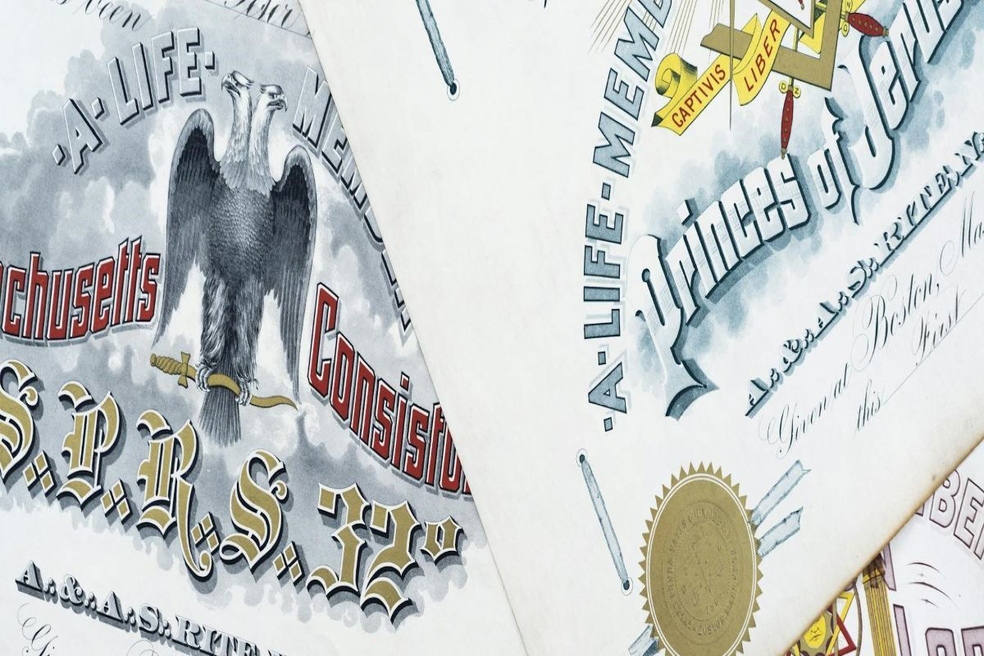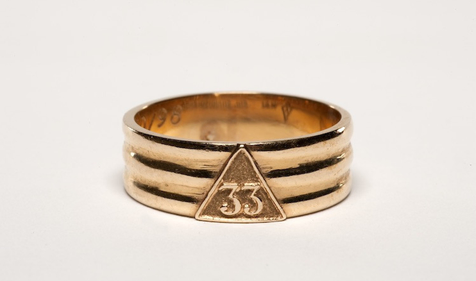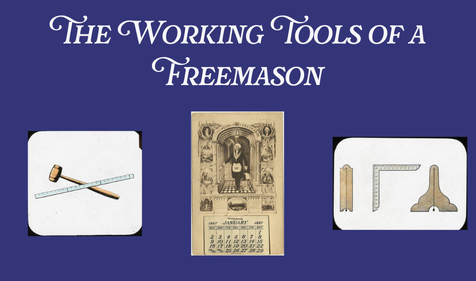The Council of Princes of Jerusalem is responsible for conferring the 15th and 16th degrees.
For over 200 years, the Scottish Rite, Northern Masonic Jurisdiction, has guided Master Masons deeper into the teachings of the Craft. Often referred to as the “college of Freemasonry,” the Scottish Rite is renowned for its depth of philosophical study. Through 29 degrees grouped across four subordinate bodies, the Scottish Rite invites and challenges Brethren to explore the values and ethical lessons of the Craft in a way other appendant bodies do not.
Situated at the center of 32° Scottish Rite Freemasonry is the Council of Princes of Jerusalem, the second subordinate body. The degrees in this body are known as the historical degrees, the lessons of which are translated through settings based on the Babylonian captivity of the Jewish people and the building of the second Temple.

The Degrees of the Council Princes of Jerusalem
In the United States, there are several differences between how the Scottish Rite, Northern Masonic Jurisdiction (NMJ), and the Southern Jurisdiction (SJ) structure the degrees.
In the NMJ, the Council of Princes of Jerusalem stands alone as the second of the four bodies and, in some cases, comprises a complete Scottish Rite Valley. In the SJ, however, the 15° and 16° degrees are conferred by the Chapter of Rose Croix, the second of the four Southern Jurisdiction bodies.
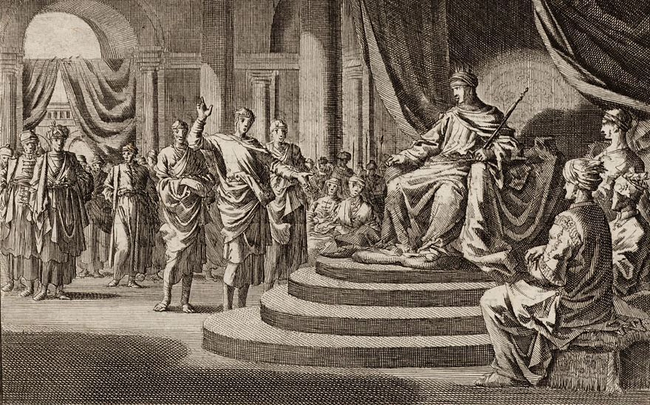
The bodies that confer the historical degrees, as well as the contents of the degrees themselves, can differ between the two jurisdictions. At the Scottish Rite, NMJ, the 15° is called Knight of the East and the 16° is named Prince of Jerusalem. The name of the body, Council of Princes of Jerusalem, refers to a character in the 16° degree who is given the title: Prince of Jerusalem.
The 15° and 16°
The two degrees of the Council of Princes of Jerusalem constitute an allegorical narrative that relays the story of a captive people who "wept beside the rivers of Babylon." The parable tells that when the people were liberated, they were tasked with building the Second Temple or rebuilding the original Temple of Solomon, which marauding Assyrians had destroyed.
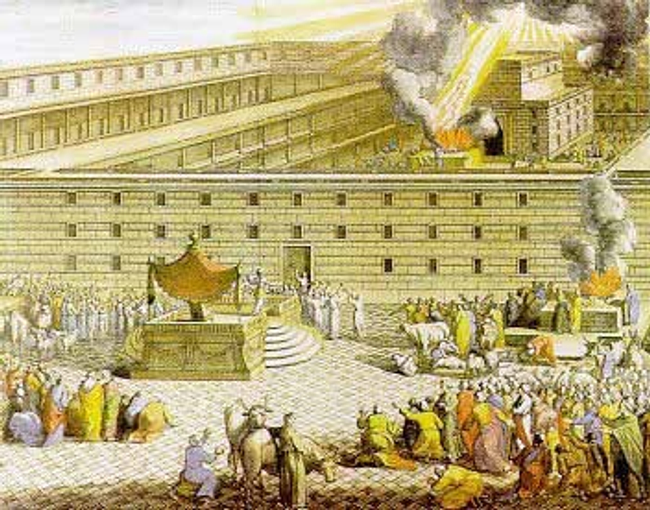
At the center of the story are the characters Daniel, Joshua, Zerubbabel, and his companions. Through these two degrees, the virtues of patience, courage, and fortitude are juxtaposed with disillusionment as the tale progresses along with the building of the Temple. This motif of struggle is depicted by a tapestry that represents a scene of oriental and religious diversity in the court of one of the most imposing empires of history, the Achaemenid dynasty.
Contrasted with the hauteur of Persia's imperious monarchs is the humility of the formerly enslaved people, pleading for the redress of an ancient wrong, the razing of the Temple of Solomon. The lessons of these historical degrees are drawn from the historical drama which transpired during the reigns of the Great Kings, Cyrus and Darius. Here are brief summaries of the 15th and 16th degrees and how the two narratives relate to the Core Values of the Scottish Rite, NMJ.
15°: Knight of the East
This degree teaches us to emulate Zerubbabel, who would not violate his obligations even when tempted. The philosophy woven through this allegory is that maintaining loyalty to conviction, fidelity to duty, and devotion to truth are the essences of integrity. Integrity is a Core Value demonstrated by the actions of the characters.
16°: Prince of Jerusalem
In this degree, the court of King Darius contemplates what motivates a man. Through this story, we gain an understanding of a philosophy that states that devotion to truth surpasses secular motivations. The Scottish Rite Core Value emphasized here is Reverence for God.
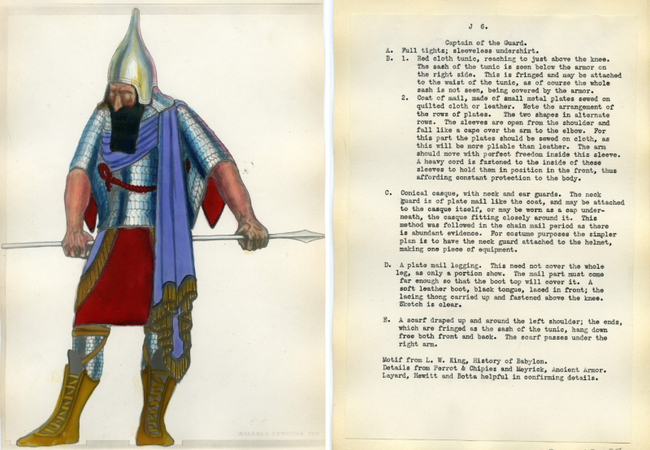
Rebuilding the Temple
The degrees of the Council of Princes of Jerusalem subordinate body examine a historical period from 538-516 BC. They deal with people and events connected with the end of the Babylonian Captivity of Israel, the return of some of the captives of Jerusalem, and the rebuilding of the Temple. And while the events depicted through the story of this body may be thousands of years old, the lessons remain as pertinent today as ever. The beauty, wisdom, and mystery of Masonic teachings are that they are truly timeless.
Related Stories
Discover additional Scottish Rite blogs and news on this topic.
-
Here’s What’s New with Thursday Night at the Rite Season Six
Degrees
Read More about Here’s What’s New with Thursday Night at the Rite Season Six
-
What is a 33rd Degree Mason?
Degrees
Read More about What is a 33rd Degree Mason?
-
The Working Tools of a Freemason
Symbolism
Read More about The Working Tools of a Freemason
